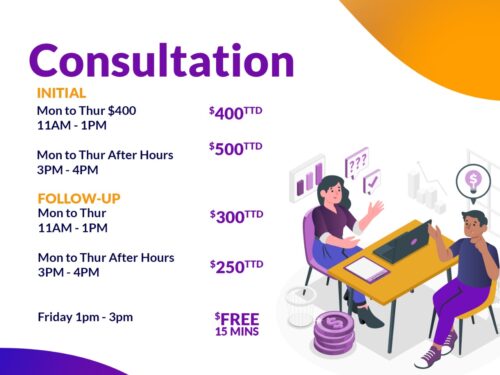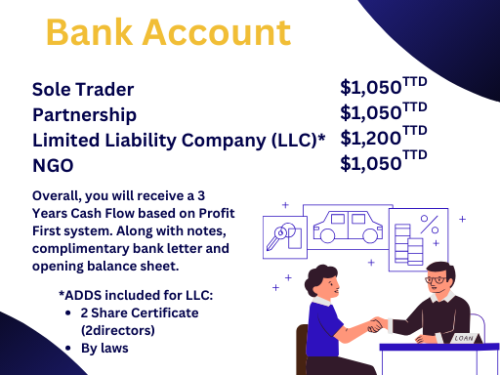This week we start a series on investing.
Investors are always told to diversify their portfolios between stocks and bonds, but what’s the difference? Stocks Are Ownership Stakes, Bonds are Debt
Stocks and bonds represent two different ways for an entity to raise money to fund or expand their operations. When a company issues stock, it is selling a piece of itself in exchange for cash. When an entity issues a bond, it is issuing debt with the agreement to pay interest for the use of the money.
Stocks are simply shares of individual companies. Here’s how it works: a company has made it through its start-up phase and has become successful. The owners wish to expand, but they are unable to do so solely through the income they earn through their operations. As a result, they can turn to the financial markets for additional financing. One way to do this is to split the company up into “shares,” and then sell a portion of these shares on the open market in a process known as an “Initial Public Offering” or IPO (remember FCB). A person who buys stock in the IPO, is therefore buying an actual share of the company, which makes him or her a part owner – however small. This is why stock is also referred to as “equity.”
As each share (or stock) represents an ownership stake in a company, the owner shares in the profits and losses of the company – someone who invests in the stock can benefit if the company performs very well and its value increases over time. At the same time, he or she runs the risk that the company could perform poorly and the stock could go down – or, in the worst-case scenario (bankruptcy) – disappear altogether.
Individual stocks tend to be on the riskier end of the investment spectrum in terms of their volatility and the investor could lose money in the short term but they provide superior long-term returns. Stocks are therefore favored by those with a long-term investment horizon.
Bonds, on the other hand, represent debt. A government, corporation, or other entity that needs to raise cash borrows money in the public market and subsequently pays interest on that loan to investors locally known as Treasury Bonds.
Each bond has a certain value (say, $1000). A $1000 bond with a 4%rate would pay $20 to the investor twice a year ($40 annually) until it matures. Upon maturity, the investor is returned the full amount of his or her original principal.
Bonds lack the powerful long-term return potential of stocks, but they are preferred by investors for whom income is a priority. Also, bonds are less risky than stocks. While their prices fluctuate in the market – sometimes quite substantially in the case of higher-risk market segments – the vast majority of bonds tend to pay back the full amount of principal at maturity, and there is much less risk of loss than there is with stocks.
Many people invest in both stocks and bonds in order to diversify their portfolio. Deciding on the appropriate mix of stocks and bonds in your portfolio is based on your age, risk level and investment objectives.
Next week…mutual funds.
Be sure to join our Facebook, Instagram, Tiktok and our Website for more valuable information. Ask about our Business Startup Kit, Retainer Package, Year End Retainer Package , Business Bank Account or learn how manage your finance with our Prerecorded and Live Courses. Book a FREE 15 mins CONSULTATION on Fridays from 1pm to 3 pm.
“A wealthy person is simply someone who has learned how to make money when they’re not working.” – Robert Kiyosaki








